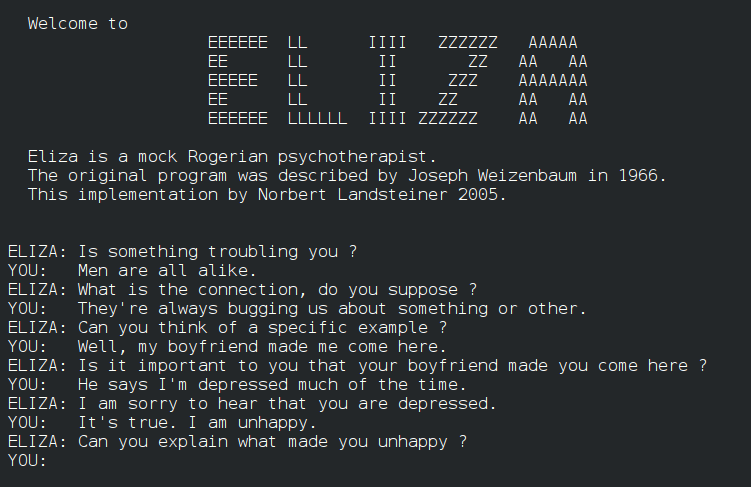4 min read
0
The Erosion of Critical Thought in the Age of Overtime: How Work Hours Shape Our Cognitive Landscape
In today’s fast-paced world, where the demands of work often extend beyond traditional hours, the implications for family life, media consumption and societal discourse are profound. As work hours increase, the time and energy available for critical thinking diminish, transforming the way families engage with news and information, leading to a landscape where entertainment overshadows education, and where news can morph into what we traditionally recognize as yellow journalism. The Impact of Extended Work Hours Extended work hours have a direct correlation with decreased engagement in family activities that foster critical thinking. Research by Greenhaus and Beutell (1985) highlights how work-family conflict can result in reduced family interaction, where family members are too exhausted or preoccupied to engage in meaningful discussions or educational pursuits (Greenhaus & Beutell, 1985).…










